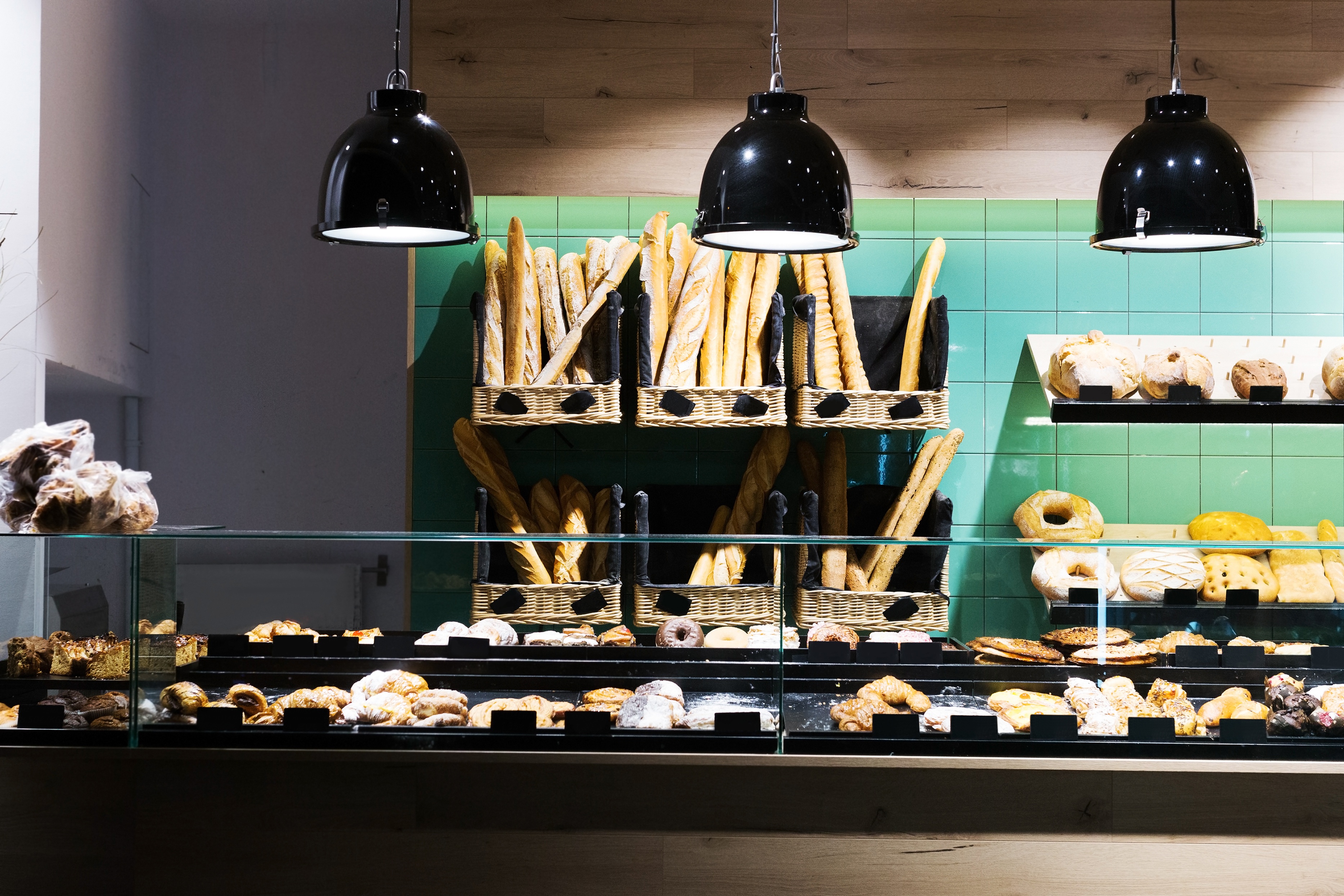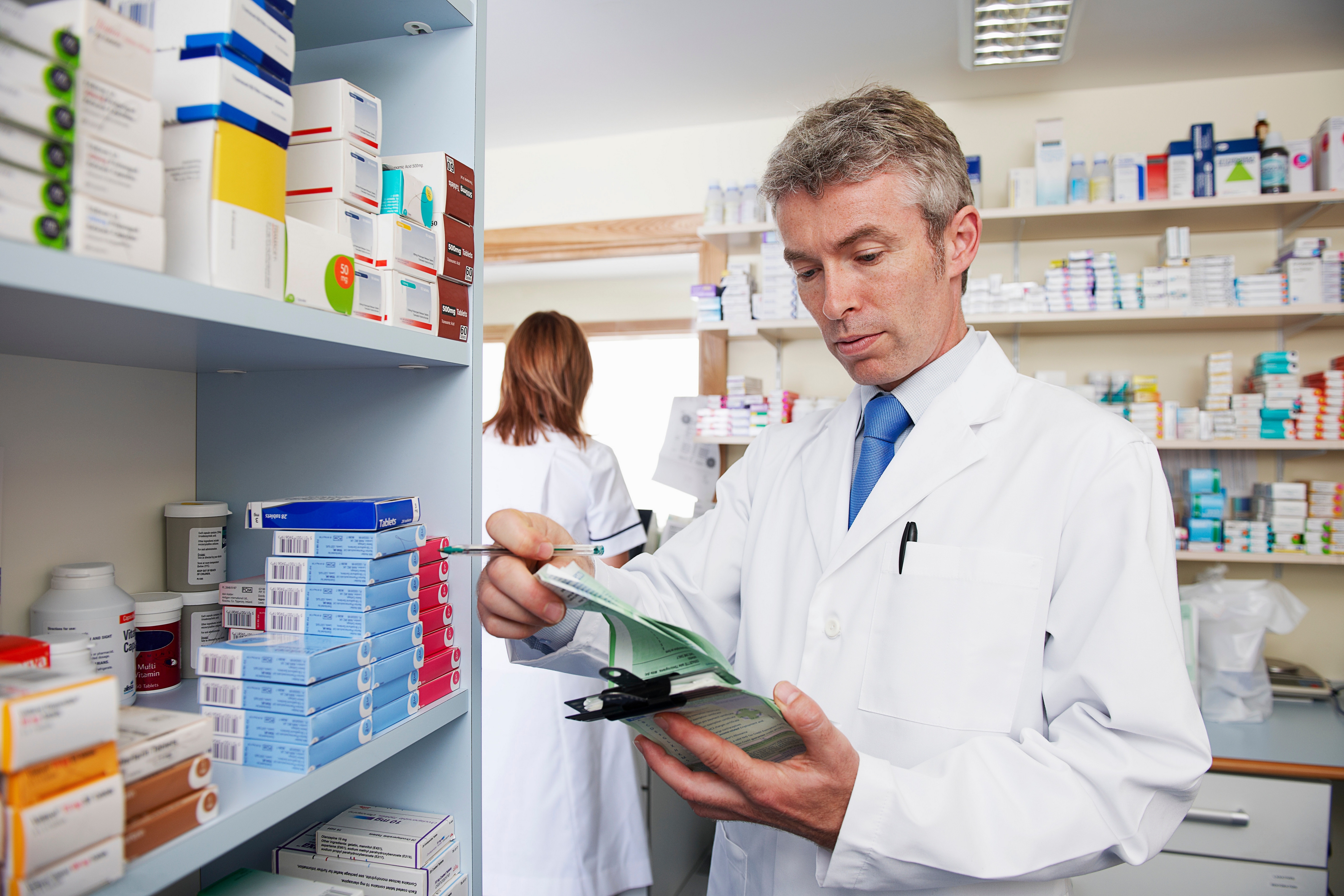As with all transformative technologies, IoT has been the source of an inordinate amount of hype but has also been a catalyst for the digital industrial revolution. General Electric’s chief economist Marco Annunziato estimated that Industrial and Enterprise focused IoT could add between 10 and 15 trillion dollars to global GDP. These gains come through small, incremental improvements in the world’s industrial assets.
Explore solutions built for your industry
Our customer-proven solutions monitor medications and food inventories for some of the most recognizable names in the industries of healthcare, food service, and transportation, and logistics. See how our solutions adapt to your industry needs.
SEE SOLUTIONSSmartSense by Digi Solves Supply Chain Challenges with VOYAGE™ Solution
Read Press ReleaseLEARN
Questions? Call +1 (866) 806-2653 to speak to our experts.
Schedule demoQuestions? Contact us.
Call +1 (866) 806-2653 to speak with our experts or get started with a demo.
CONTACT USAbout Us
SmartSense was created to use the power of the Internet of Things (IoT) to help our customers protect the assets most critical to the success of their business.
See our storyCONNECT. PROTECT. RESULTS.
Questions? Call +1 (866) 806-2653 to speak to our experts.
Schedule demoPlease select your login
Accurate temperature monitoring is necessary to ensure the safety and efficacy of all medications and vaccines. That should be a given in the pharmacy industry. But the truth is, for many pharmacy chains and independents, temperature monitoring is merely guesswork. Too frequently staff responsible for temperature monitoring don’t understand the “why” of recording temperatures.
Written by SmartSense | August 9, 2017
In our blog post about refrigerator temperature monitoring, we discussed the driving factors behind food waste within the restaurant industry, and we debunked the misconception that restaurants are exposed to liability risk if they donate their leftover food.
Written by SmartSense | August 8, 2017 | Food Safety
If you’re still using a paper temperature log, then there is a very high probability of undiscovered thermal excursions in your fridges and freezers. Accompanying these unseen excursions is a high likelihood of you administering ineffective vaccines and medications.
Written by SmartSense | August 2, 2017
Food waste is a pressing issue. Americans dispose of 160 billion pounds of food per year. That’s 40% of all food available, or 730 football stadiums full of discarded but safe food that is still edible. Many restaurants contribute to this waste when they dispose of unsold food at the end of the day.
Written by SmartSense | August 1, 2017 | Food Safety
In the first two posts of this series, we discussed the challenges associated with physical buffer vials and SmartSense’s solution - the Virtual Buffer Vial (VBV), a patented modeling approach that simulates actual product temperature and eliminates the need for physical buffers.
Written by SmartSense | July 27, 2017
Subscribe to the SmartSense Blog
Stay up-to-date on the evolution of IoT connectivity.
CONNECT. PROTECT. RESULTS.
Learn how our complete critical
environment monitoring solution will help you
connect and transform your business.
Call +1 (866) 806-2653 to speak with our industry
experts or get started by
requesting a demo.





